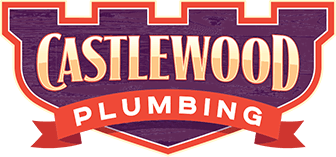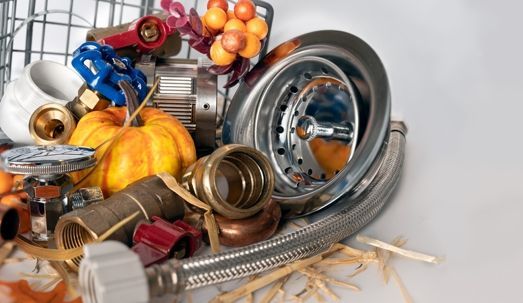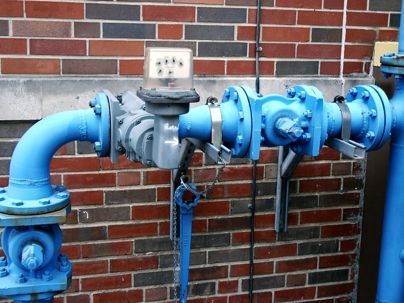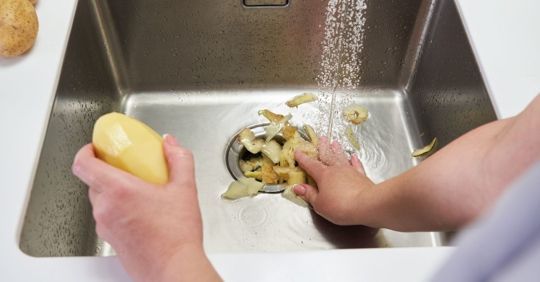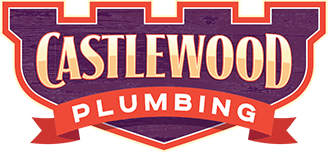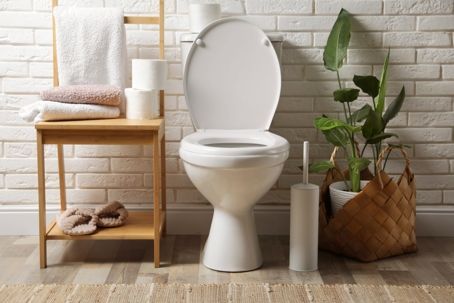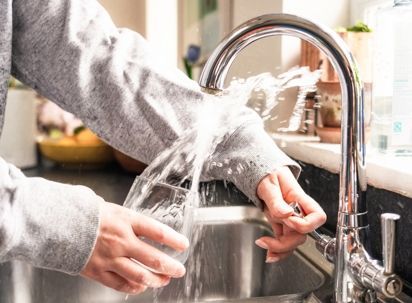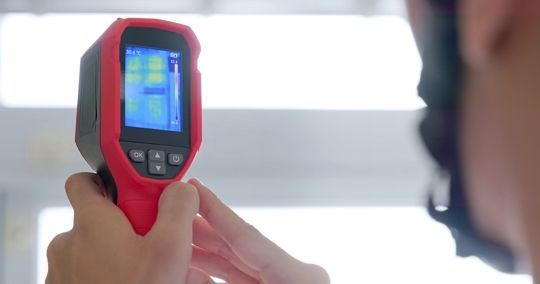Tips for Preventing Frozen Pipes
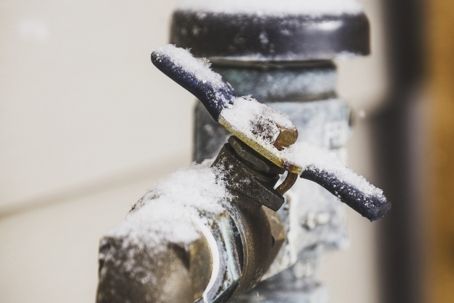
When water freezes, it expands. This might not seem like a big deal—until you realize that the pressure caused by this expansion can cause your pipes to crack, split, or burst. A burst pipe can lead to extensive water damage and costly repairs. Fortunately, with proper preparation and vigilance, you can protect your plumbing from winter freezes.
Common Areas Where Pipes Freeze
Certain spots around your home are more vulnerable to freezing than others. Identifying these areas can help you focus your efforts where they matter most. It’s important to frequently check the following:
- Hose Bibs and Backflows: Exterior water fixtures are highly susceptible to freezing.
- Pipes on Outside Walls: These often lack sufficient heating to stay warm.
- Unheated Crawl Spaces, Attics, and Basements: Spaces that aren't insulated or climate-controlled are prime freezing zones.
- Walls with Minimal Insulation: Pipes within poorly insulated walls are at greater risk, especially in older homes.
- Cool Breezes in Walls and Ceilings: Drafts from gaps, cracks, or poorly sealed areas can lower temperatures around pipes.
- Cantilevered Walls:
Overhanging walls with air pockets beneath can cool down faster, increasing pipe freeze likelihood.
Tips for Thawing Frozen Pipes
Prevention is always better than dealing with the aftermath of a frozen or burst pipe. Some effective ways to protect your pipes and safeguard other plumbing features include:
If you turn on a faucet and no water comes out, it’s possible you’re dealing with frozen pipes. Acting quickly and safely can prevent further damage. Below are some tips for handling the situation with care before it worsens:
- Use a Hair Dryer or Heating Pad: Apply heat evenly to the frozen section of the pipe. Never use an open flame, as this can damage the pipe or start a fire.
- Wrap Hot Towels Around the Pipe: Towels soaked in hot water can gradually and gently thaw frozen pipes.
- Use Space Heaters Safely: Place a space heater in the area near the frozen pipe. Make sure it's placed on a flat, stable surface and always follow safety guidelines.
- Open the Faucets: When thawing pipes, keep the faucets open. This allows melted water to run out, relieving pressure within the pipe.
- Turn Up the Heat:
Increase the temperature inside your house to help the pipes warm up more quickly.
What to Do When a Pipe Bursts
Despite all precautions, pipes can still burst in severe weather. If that happens, don’t panic—act quickly to minimize damage:
- Shut Off the Water: Immediately turn off the main water supply to promptly stop the flow of water.
- Drain the System: Open all faucets and flush the toilets to drain any remaining water from the system.
- Call a Professional Plumber:
Burst pipes require expert attention.
Trust Castlewood Plumbing for Your Winter Plumbing Needs
Winter plumbing issues can be stressful, but with Castlewood Plumbing just a call away, you’re never alone. Don’t wait until a minor issue becomes a major headache. Take preventive action today to protect your pipes from freezing.
Contact our team at
636-394-6737 today to make sure your plumbing system stays in tip-top shape all winter long.
